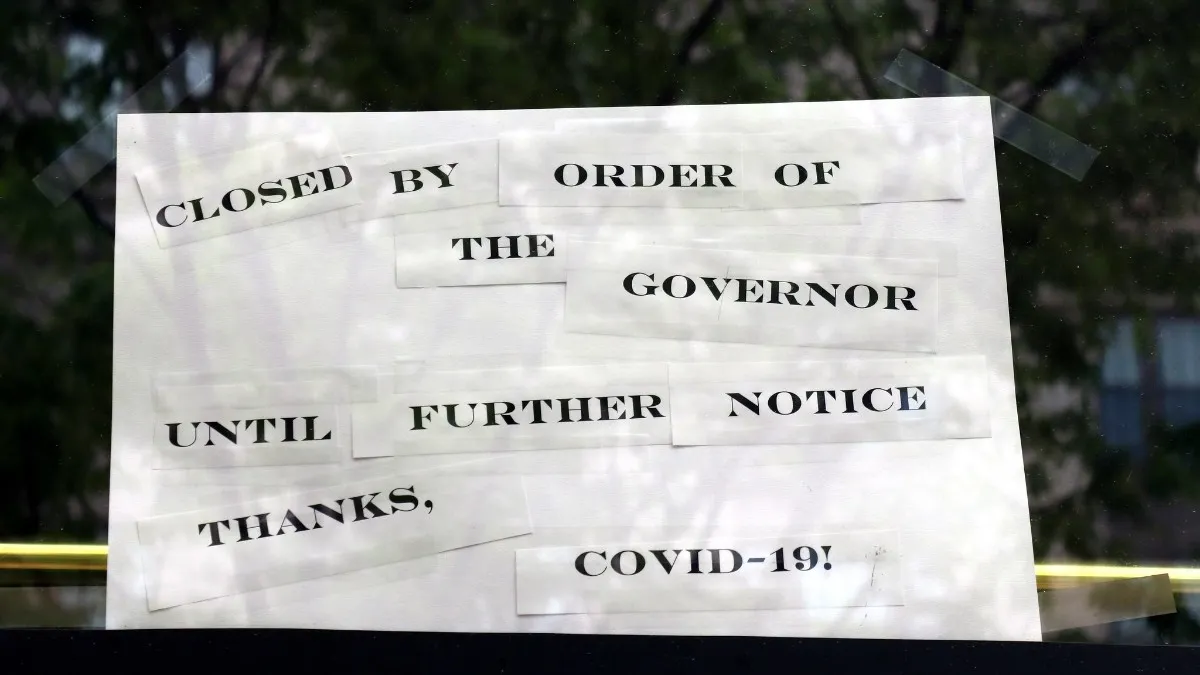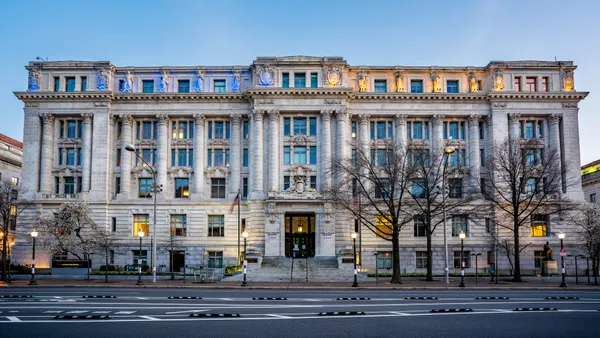Dive Brief:
- California Gov. Gavin Newsom announced a regional stay-at-home order on Thursday that will take effect within 48 hours in regions with less than 15% ICU availability. The order will remain in effect for three weeks, and will be lifted after that period when a region's ICU capacity reaches or exceeds 15%. Most of the state's regions are expected to be fall under the stay-at-home order within the coming days and weeks.
- Under the stay-at-home order, restaurants will only be allowed to offer takeout and delivery.
- California previously closed indoor dining statewide in July before slowly allowing certain counties to seat diners inside once again. But some regions, like Los Angeles, have been barred from indoor dining since the state's first shutdown. Los Angeles County also recently banned outdoor dining, but a local judge has asked officials for evidence to support this restriction.
Dive Insight:
California reached its highest daily new COVID-19 case number in December, with over 18,000 cases reported on Dec. 2, so this regional stay-at-home order isn't surprising, especially given the state's track record on COVID-19 safety restrictions. The state is the first to issue a broad stay-at-home order this winter, while others have been issuing new restrictions for restaurants specifically. States could be looking to California, which has been considered a leader in its pandemic response, to figure out their next moves.
While these new limitations will be a hit to restaurants who were already preparing for winter, the governor reiterated several programs available to restaurants and businesses. Those include billions in sales tax deferrals for small businesses, a $100 million Main Street Hiring Tax Credit program and a $500 million COVID relief fund for grants up to $25,000 for small business, nonprofits and cultural institutions.
The state also has its California Rebuilding Fund to offer $125 million in low-interest loans for small businesses with loans up to $100,000. In addition, the California is working on a broader relief package, including waiving or modifying fees for impacted industries including bars and restaurants, he said.
But these efforts may not be seen as enough for struggling restaurants, especially the tax credit programs that have come under criticism by the California Restaurant Association in the past. Thirty percent of restaurants were predicted to shutter permanently at the start of the pandemic, according to the CRA, so if that number increases in the next few months, it could indicate how effective — or not — these programs are.










